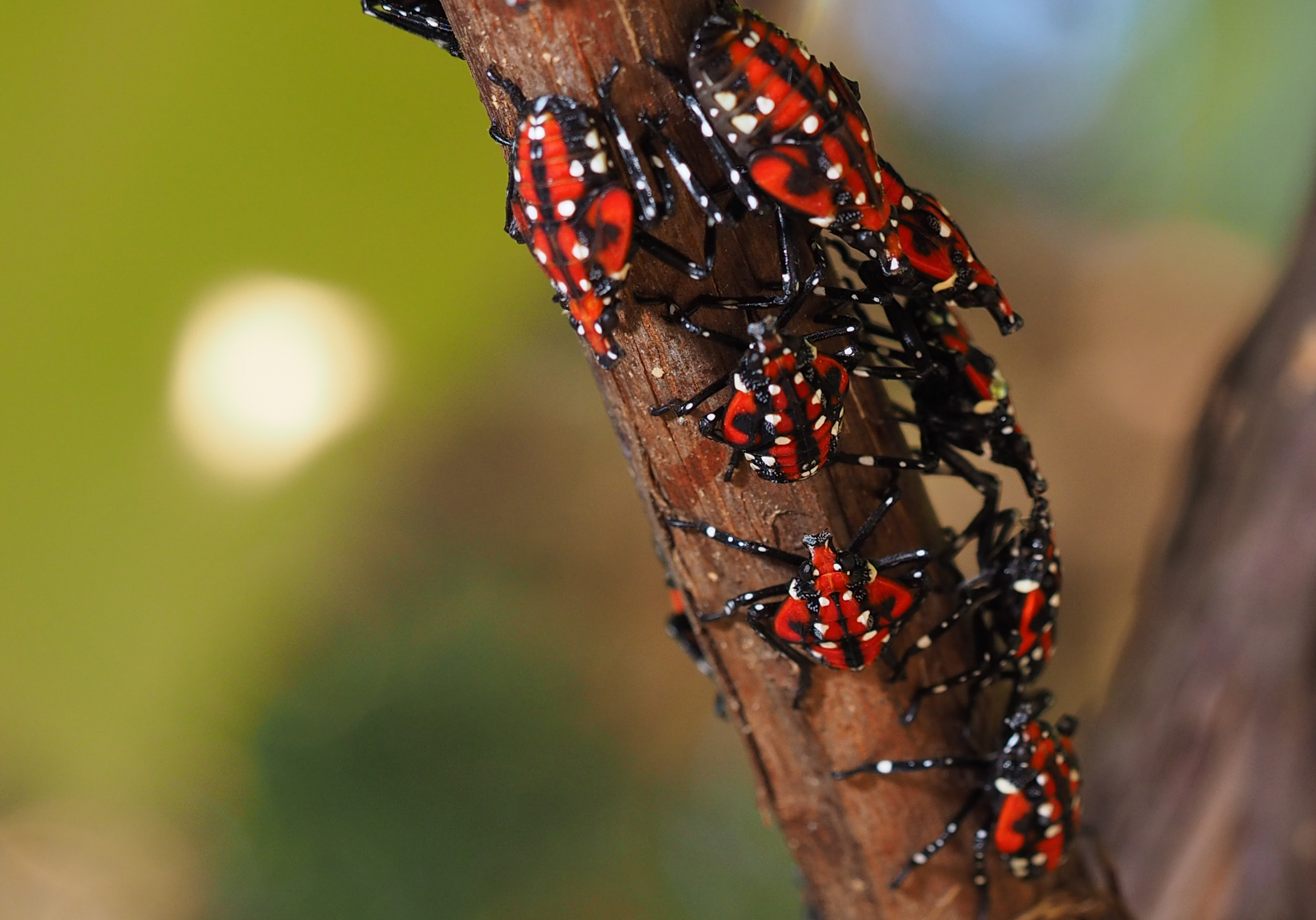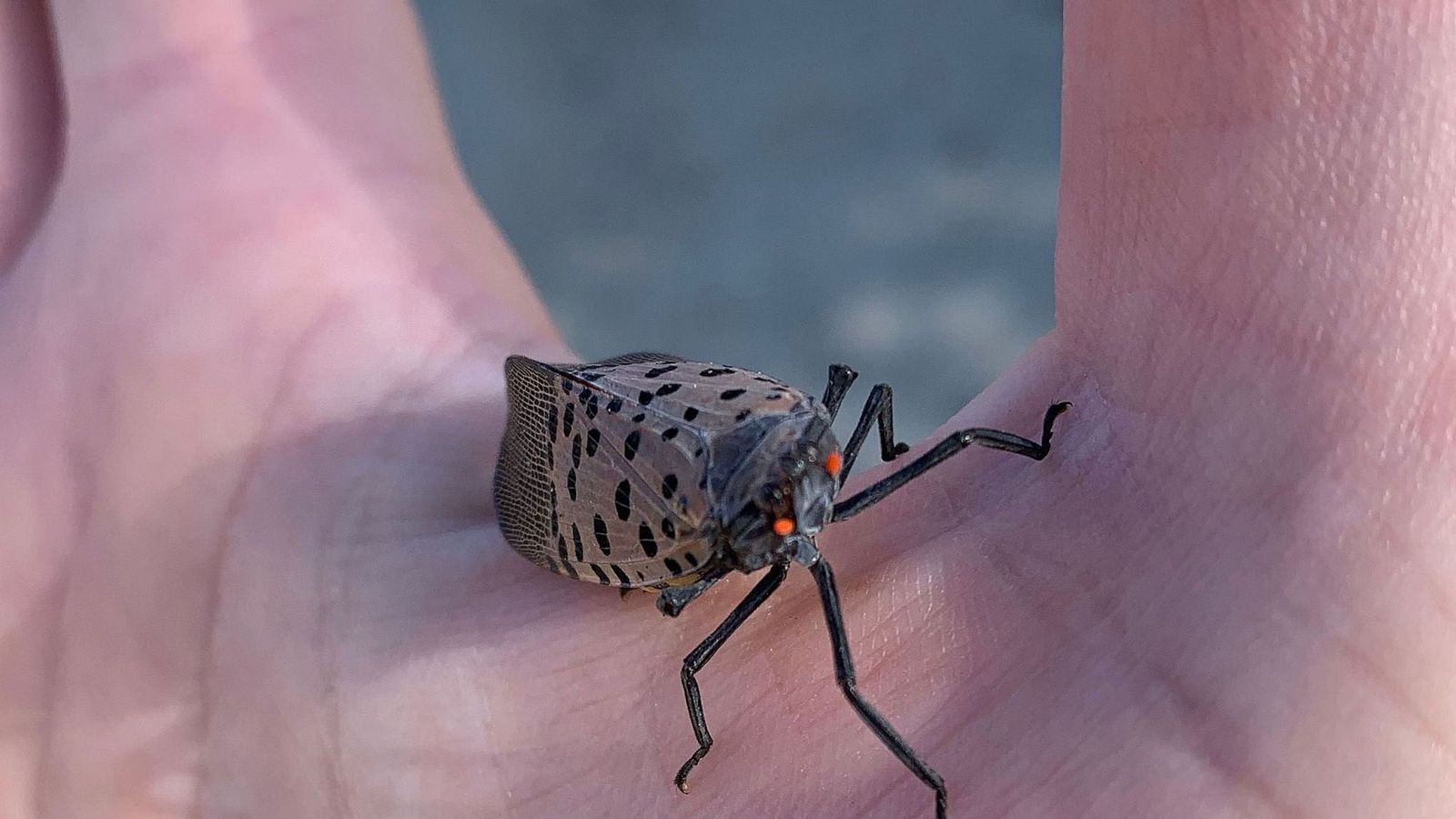The New York State Department of Agriculture and Markets, alongside the Department of Environmental Conservation, is calling on the public to assist in curbing the spread of the invasive spotted lanternfly. This inch-long pest poses a significant threat to New York’s agricultural sector, affecting essential crops like grapevines, apple trees, and hops. The damage caused by these pests can render plants vulnerable to disease and other pests, while their excretions, known as “honeydew,” foster sooty molds that impede plant growth and reduce fruit yields.

Steps to Prevent the Spread
- Inspect Vehicles Regularly
Spotted lanternflies, though weak fliers, can hitch rides on vehicles and travel unknowingly across the state. They can hide in areas such as car grills, wheel wells, windshield wipers, and gas caps, or even cling to clothing. Robert Cole, forester for the DEC’s Division of Lands and Forests, advises vehicle owners to carefully check these areas and be vigilant. “We want you to stop and take a minute and look at your vehicle,” Cole urges. -
- Circle Traps: These traps involve a screening material encircling a tree trunk, funneling lanternflies into a container where they cannot escape. Instructions for constructing these traps using household items are available online.
- Sticky Paper: Wrap sticky paper around tree trunks with the sticky side facing out, but cover it with screen to prevent non-target creatures from getting stuck. Simple thumbtacks can be used to secure the screen to the trunk.
Effective Trapping Methods
Two main types of traps are recommended to capture spotted lanternflies.Additionally, handheld or shop vacuums can be used to suck up spotted lanternflies, which will either be killed by the vacuum or die within two days inside it. Remember to empty the vacuum promptly to avoid unpleasant odors from decaying pests.
Managing Spotted Lanternfly Eggs
Spotted lanternflies lay their eggs from September through winter. The egg masses are brownish-gray and waxy, resembling mud when new, and brown and scaly when old. To manage these eggs:
- Scrape and Crush: Use a putty scraper or hard plastic surface to remove the egg masses. Immediately crush the eggs or submerge them in hot soapy water to ensure they do not hatch.
Eggs can be laid on various surfaces, including vehicles, stone, brick, rusty metal, outdoor furniture, and wild grapevines. “Egg masses can be anywhere,” warns Scott Litwin, plant inspector for the New York State Department of Agriculture and Markets.

Report Sightings
The state encourages grape growers and residents to report spotted lanternfly sightings at agriculture.ny.gov/reportslf. Provide details including:
- Date of observation
- Surface where the insect was found
- Size and behavior of the insect
- Whether you observed one or several lanternflies
Your vigilance and cooperation are crucial in controlling the spread of this damaging pest and protecting New York’s vital agricultural resources.
